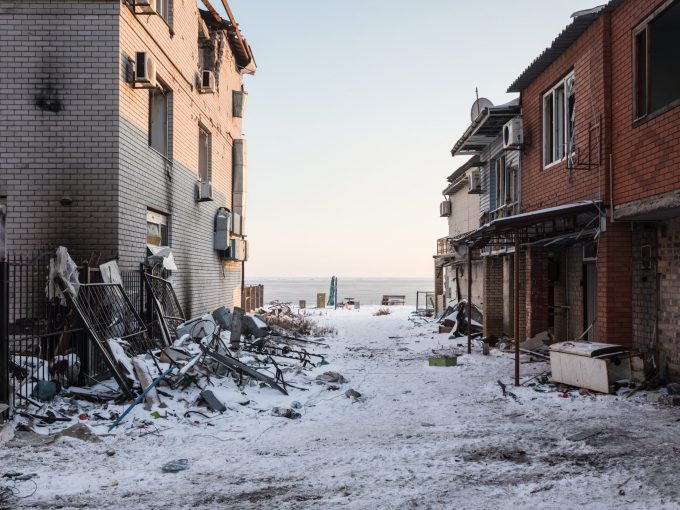Pragmatic housing design features are vital to enable older people to stay home longer, have greater independence and reduce the cost of age care services, according to new RMIT University research.
COVID-19 has exposed serious flaws in the quality of care provided in residential aged care.
About 1.3 million older Australians need help with their everyday activities, yet only two thirds have those needs met.
Older Australians strongly prefer to age in place with 83 per cent of people over 60 wanting to live and age in home their own.
A new report by RMIT researchers has investigated how the home influences the need for and the quality of home care services.
The report surveyed over 100 caregivers, of which more than 90% believe current home design impacts on their capacity to deliver, and affects the time spent on care services provided in residential homes.
Drawing on the experiences of care providers, both paid and family, the report identified step-free entrances, wide corridors, hobless showers and ground-level toilets as the most important features needed for senior citizens to age well in their own homes.
Lead researcher Dr Sarah Sinclair, from the RMIT School of Economics, Finance and Marketing, said the findings should encourage home buyers to think about their future needs and the features their homes should have to support ageing at home.
“The coronavirus stay-at-home restrictions have highlighted the importance of the home and neighbourhood in promoting physical and social wellbeing in older people,” Sinclair said.
“Current government aged care expenditure is close to $20 billion and is expected to increase to $25 billion by 2023, with nearly two thirds of that spending on residential care.
“We need to reconsider the features we want in our homes that support health and independence as we age, to minimise the need for external care.”
Sinclair says caregivers – both paid and family – unanimously agreed that current home design can hinder their ability to support elderly and vulnerable citizens.
A consistent pattern of better designed housing features included:
- Step free entrances and easy entry from parking spaces
- Wider internal doors and corridors
- Hobless shower recess
- Reinforced bathroom and toilet walls with grabrails installed where needed
- Ground level toilet
- Non slip flooring and lever taps
“Any housing design features that make everyday tasks easier to complete and supports seniors to age well in their home reduces the need for, the level of, and the time spent on care delivery,” Sinclair said.
“This can generate significant private and public economic value, through offsetting aged care costs.”
The report urges policymakers to reconsider the best forms of capital expenditure to support the delivery of public care services, and the housing needs of an ageing population.
“Suitable housing to age in place is undersupplied in the market and age-specific housing development is often not an attractive investment compared to other housing or commercial development,” Sinclair said.
“Clearly from this report, inappropriate housing is a key factor influencing necessary levels of care, and this has been heightened by the pandemic.
“The baby boomer generation – our largest cohort – are next to enter the aged care system.
“By implementing accessible housing designs, we can decrease the need for external care and promote sustained independence so that the next generation of seniors do not suffer the same damaging outcomes.”
Story: Natalie Campbell





